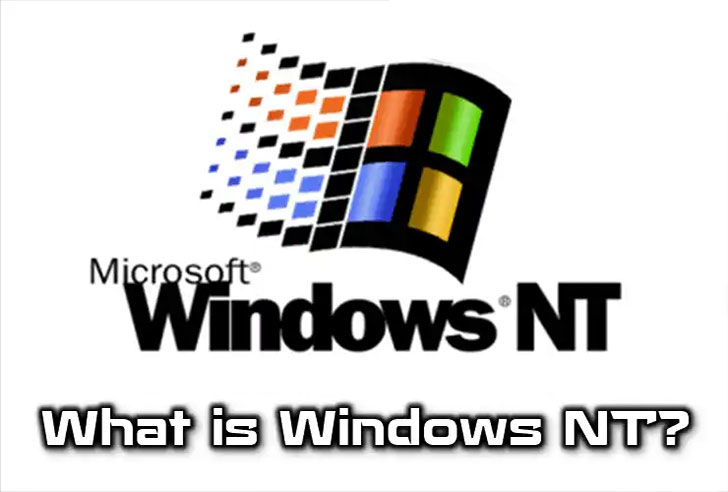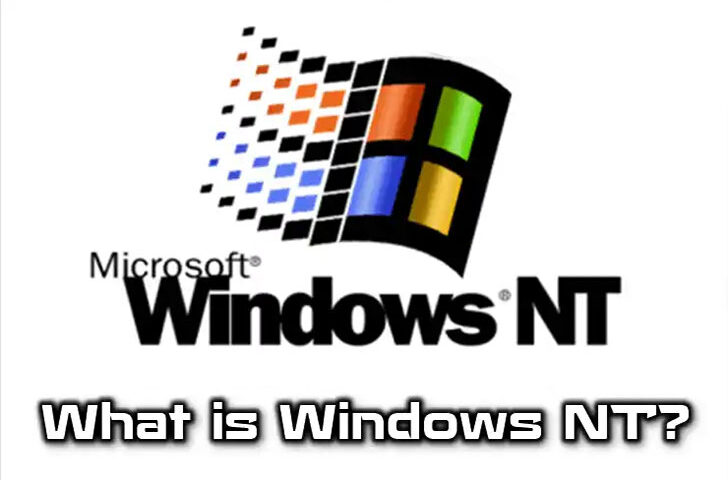Microsoft Windows NT (New Technology) is a family of operating systems developed by Microsoft, first introduced in the early 1990s. Unlike earlier versions of Windows, which were built on MS-DOS, Windows NT was developed from the ground up as a robust, secure, and fully 32-bit operating system. It laid the groundwork for the modern Windows OS versions we use today, including Windows 10 and Windows 11.
Contents Table
The Origins of Windows NT
Windows NT was first released in 1993 with Windows NT 3.1. It was designed as a high-end operating system for business environments and workstations. The key aim was to create an OS that supported:
Portability across different processor architectures,
Multitasking,
Security, and
Stability.
NT was built with a new kernel, which separated it from the MS-DOS-based Windows 3.x family. This kernel supported preemptive multitasking and multi-user capabilities, making it ideal for enterprise use.

Key Features of Windows NT
32-bit architecture: Enhanced memory management and multitasking.
Hardware abstraction layer (HAL): Allowed NT to run on different hardware platforms.
Security model: Introduced file-level security, user authentication, and access control.
NTFS (New Technology File System): A robust file system offering better performance, reliability, and support for large files compared to FAT systems.
Support for networking: Integrated support for TCP/IP networking and domain-based networking systems.
Windows NT Versions and Evolution
Windows NT 3.1 (1993): The first version, similar in look to Windows 3.1 but with a new core.
Windows NT 3.5 and 3.51: Improved performance and added new networking features.
Windows NT 4.0 (1996): Introduced the Windows 95-style user interface but retained NT’s powerful core.
Windows 2000: A major milestone, bringing NT stability to general users.
Windows XP (2001): Merged the NT line with the consumer-focused Windows 9x line.
Windows Vista, 7, 8, 10, and 11: All are based on the NT architecture, with continuous improvements in security, performance, and user experience.
Impact and Legacy
Windows NT changed the direction of Microsoft’s operating system development. It became the core foundation of all modern Windows operating systems. Its modular architecture and focus on security and stability made it suitable for both consumer and enterprise environments.
Today, when you use Windows 11, you’re still using a descendant of Windows NT — a testament to the strength and foresight of its original design.
Microsoft Windows NT was more than just an operating system—it was a revolution in system architecture that transformed how businesses and users interacted with their computers. Its legacy lives on, powering millions of PCs, servers, and enterprise systems around the world.
